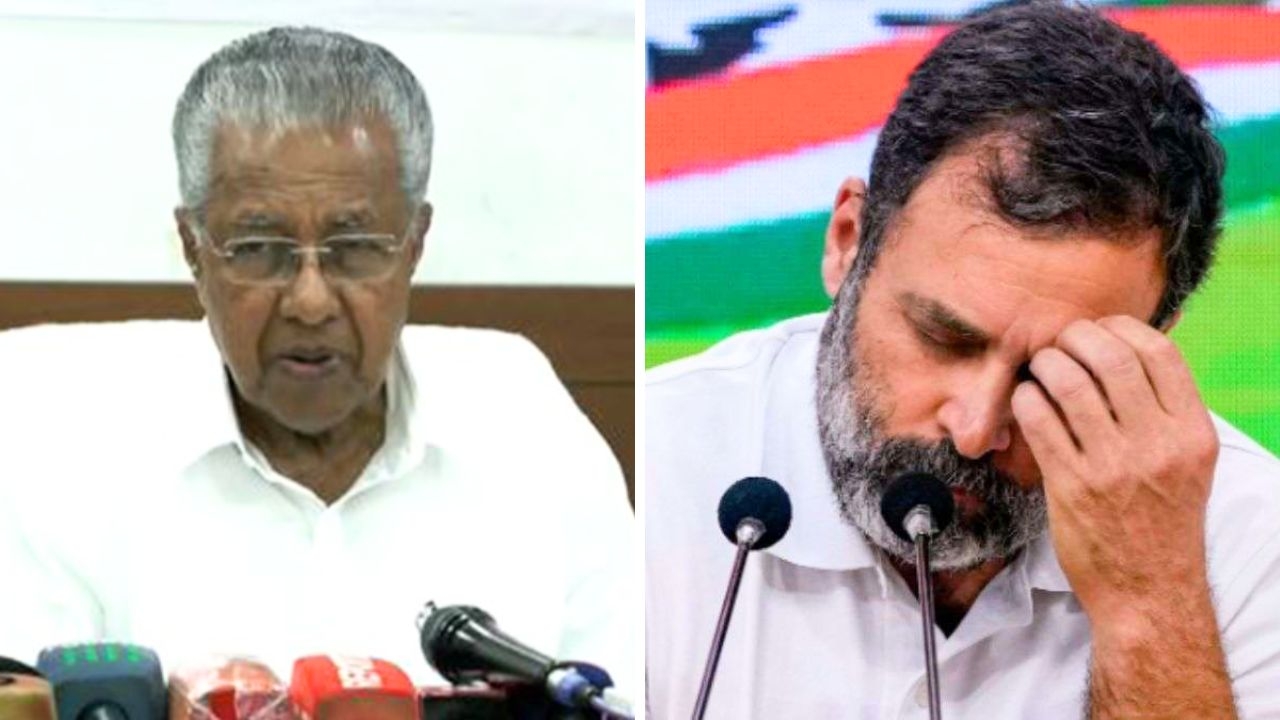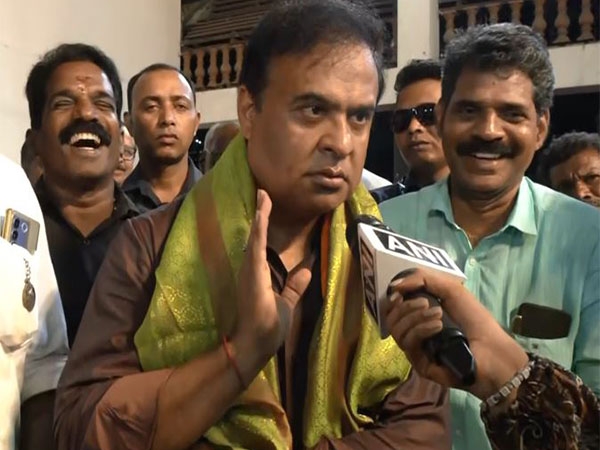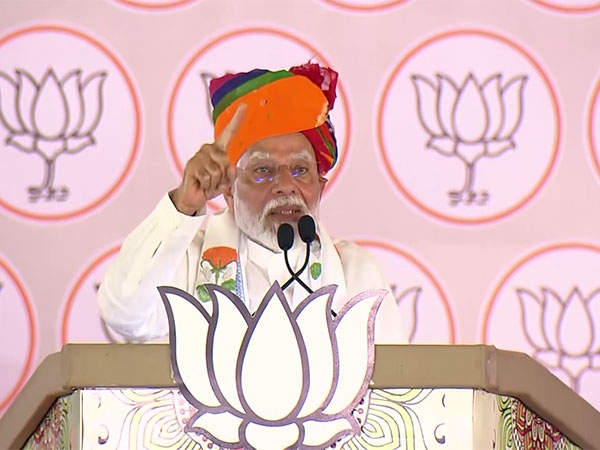Kaafi Sahi: The republic of slang
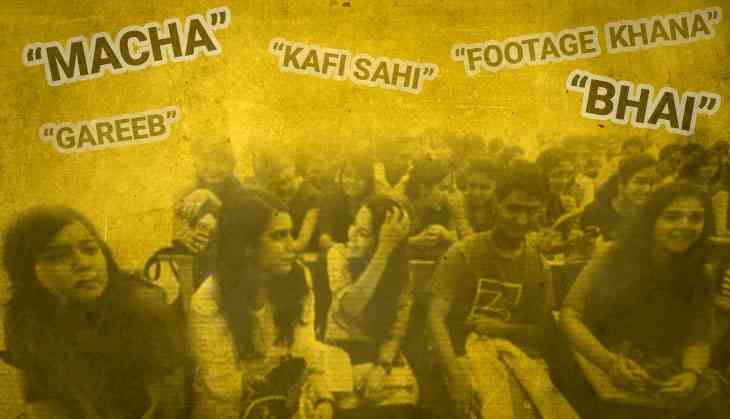
I remember vividly the period of transition — both economic and linguistic — in the 1990s, when ‘yaar’ became ‘ya’.
I grew up in Allahabad. Amongst ourselves, my friends and I spoke Hindi. Not Hinglish but Hindi. We said ‘yaar’. After school, I joined St. Stephen’s. Here, I realised, everyone said ‘ya’. My friends at St. Xavier’s also said ‘ya’. When I appended a fully formed English sentence with ‘yaar’, I gave my provincial Uttar Pradesh roots away. ‘Are you from Allahabad ya?’
Another slang word which became Anglicised and acceptable in polite circles was ‘chut*a’. See, even now there’s a problem with spelling it out. It was shortened to ‘ch**th’, and everyone was cool with it. Jeet Thayil immortalised it in his Booker-shortlisted novel Narcopolis.
He used it over and over in a passage made famous in countless social media threads; it was also the passage Thayil read out most frequently at respectable book readings, without raising hackles: ‘This ch**th country, c*nt country, how the f*ck are you supposed to live here without drugs? Look at the Gujaratis, ch**ths, we all know this, kem cho ch**thiyas. Human calculators, you can’t even talk to them without giving them cash, they’re such accomplished ch**ths.’ ‘Ch**th’ had entered the English language — via the literary backdoor — chutneyfying it further.
Before you rush to file a PIL in a small town in India’s backwaters — without reading the book of course — the character who uses the word in Narcopolis applies the term to all communities and regions, equally.
To come back to the chut*a point I was making, while some slang words are appropriated (and sanitised) by English speakers, others are left to fend for themselves in the ghetto.
‘Polo daabna’ never stood a chance of going national or international. It was distinctly East UP and, like a lot of slang, very much of its time. In the 1990s, Nestle Polo had just launched its ‘mint with a hole’ and backed it with a huge ad campaign. Polo’s rival Mentos countered it with its own slogan: ‘All mint. No hole.’
The lefty t-shirt collective People Tree reacted by putting out an anti-consumerism tee, dissing manufactured choices with a picture of a braying donkey, a hole punched into its belly: ‘My ass has a hole. So why shouldn’t my mint.’ The underlying message was that while consumerism creates frivolous alternatives, our real choices – political, economic and social, fade away.
In Allahabad, the Polo mint was not so much a symbol of class war. It was incorporated in local slang as representing the act of going AWOL, going missing, ‘gol ho jana’. ‘When the income tax guys came, the builder went polo’. ‘From a distance I saw the swarm of bees moving towards us at great speed. When I looked back Mohit Pandey was already polo!’ ‘Should we play hooky from school today?’ became: ‘Aaj polo daabey ka.’ It could have been a reference to the mint’s missing centre; it might have had something to do with the mint being round in shape — ‘gol’ — so a pun on ‘gol’.
It’s in the nature of slang that it travels well at times, while at others it’s content to be the frog in its own cultural well.
In Delhi University, especially in St Stephen’s, one had a lot of kids coming in from Kerala. ‘Chetta’ is the Malayalam equivalent of ‘mate’; for example, when asking a random person for directions you’d say: ‘Chetta, is this the way to Remya cinema?’ Curiously, ‘chetta’ never caught on amongst the Hindi speakers. But ‘macha’ from Tamil did. ‘Stop bugging me, macha.’ The Tamil and Malayalam speakers happily borrowed ‘vela’ from Punjabi, using it as if they’d been saying it all their lives.
‘Bro’ was coming in around then too. The old-fashioned usage from my father’s generation was ‘brother’. ‘Bro’ entered the vocabulary via its black American hip-hop roots, and in twenty years had trickled down to every Hindi-speaking auto-rickshaw driver in every north Indian small town. Big-city English-speaking middle-class India is a highly self-conscious class of people. Once word was out that ‘bro’ had been co-opted by the kanwariyas, the Netflix class immediately switched to ‘brah.’ It’s where things stand now.
Lately, I’ve been learning the ropes of and warming to Delhi slang. Bombay lingo, mafia or otherwise, is well-documented in cinema and writing. But Delhi too has its pet words, which stand out for a native Hindi speaker from another part of the country.
There’s ‘achaji’, which can be used in any which way you want. It’s used by the working class, never by the Netflix class. Someone says: ‘The government has fallen.’ Your response will be: ‘Achaji?!’ ‘Achaji’ is all about tone — half mocking, half questioning, half incredulous, and half believing. It’s a fusion of the exclamation mark and the interrogation mark.
Another Delhi Hindi word is ‘Sirji’, which entered the linguistic fray at the turn of the century and then spread all-India, much like the BJP.
There’s also ‘gareeb’, which refers to the general poverty of thought and imagination that afflicts the land. ‘Tu kitna gareeb hai’. ‘Ram Gopal Varma ne itni gareeb picture banai hai na.’ ‘Eminem ka naya album kitna gareeb hai.’
In Delhi, one always refers to oneself as ‘mereko’ (as opposed to ‘mujhe’). You can also refer to yourself as ‘bhai’ in the third person. This usage of ‘bhai’— as distinct from using it as a pre-fix to a sentence: ‘Bhai, pass the green chutney’—is hugely popular.
When I finish writing this piece, I’ll call up my friend and say: ‘Bhai ne aaj acha piece likha.’ The term ‘bhai’, used this way, isn’t so much ‘brother’ as it is a pat on one’s own back. It’s a self-winding ego massage. It refers to the exaggerated sense of self of the Delhi male.
The Indian Express recently reported about local budding cricketers: ‘They are looking for a chhole bhature kiosk. They ask you to join them, you follow. “Bhai ko gluten-free bhature dena,” says another smart one, referring to himself in third person.’
‘Footage khana’ is also a Delhi favourite. It’s a pejorative reference to a person who wants to attract attention to herself. ‘Tu keval footage khana chahta hai’. ‘Time waste mat kar. Khaam kha footage mat kha.’ Or, you can pat yourself on the back: ‘Bhai kabhi footage nahin khata hai.’
But the No. 1 phrase in cool Delhi circles is ‘Kafi sahi.’ Interestingly, auto drivers never use this. It’s the Hindi phrase of choice of the Netflix crowd. ‘Sahi’ symbolises confident desi cool. Sahi is cool. In some ways, it’s the new ‘ya’, though infinitely more versatile.
‘Kafi’ and ‘sahi’ can be split like a banana and used autonomously, each word independent of the other. One can say ‘Sahi, sahi’ to emphasise affirmative assent.
In an article I read, a Caravan reporter investigating a Delhi-based website called Scoop Whoop meets its editor, who opens his drawer and pulls out a black Scoop Whoop diary, which has ‘Kaafi Liberal’ printed in white block letters. ‘Liberal’ he tells the reporter, ‘is at the heart of what we are’.
Reader, didn’t you love this piece? Kaafi zyaada sahi nahi hai?
First published: 29 January 2018, 16:58 IST
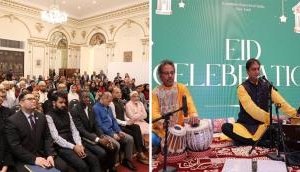
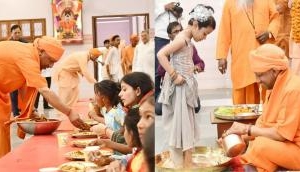

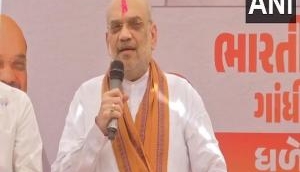

![BJP's Kapil Mishra recreates Shankar Mahadevan’s ‘Breathless’ song to highlight Delhi pollution [WATCH] BJP's Kapil Mishra recreates Shankar Mahadevan’s ‘Breathless’ song to highlight Delhi pollution [WATCH]](http://images.catchnews.com/upload/2022/11/03/kapil-mishra_240884_300x172.png)

![Anupam Kher shares pictures of his toned body on 67th birthday [MUST SEE] Anupam Kher shares pictures of his toned body on 67th birthday [MUST SEE]](http://images.catchnews.com/upload/2022/03/07/Anupam_kher_231145_300x172.jpg)


